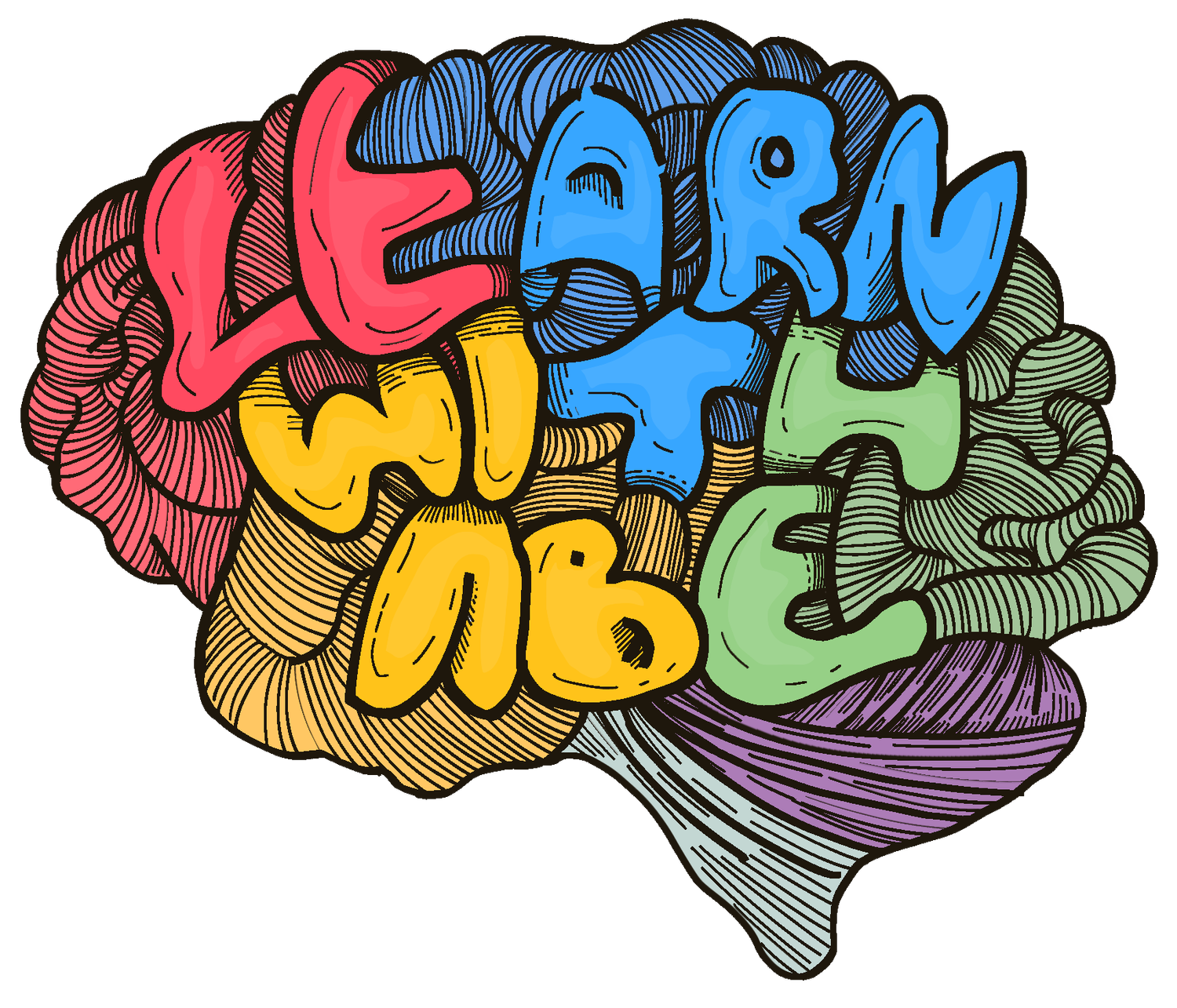A Beginner’s Guide to Neuroscience
Welcome to our beginner’s guide to neuroscience! This guide is designed for students and scientists interested in learning about the brain and nervous system. We will cover the basics of neuroscience, including brain anatomy and physiology, standard research methods, and current topics of interest.
As you read this guide, remember that neuroscience is a complex and ever-changing field. New discoveries are being made, and our understanding of the brain is constantly evolving.
Content:
What is Neuroscience?
Neuroscience is the study of the nervous system. This includes the brain, the spinal cord, and the network of nerves that extends throughout the body. Neuroscience is a relatively young field, constantly evolving as we learn more about the brain.
The nervous system is an incredible system that controls our thoughts, emotions, and actions. It is made up of billions of tiny cells called neurons.
Neurons are interconnected, and they communicate with each other through electrical and chemical signals. There are many different types of neurons, and they all have different functions.
For example, some neurons are responsible for sending information to the muscles, telling them to move. Other neurons are responsible for processing information from our senses, like sight and sound.
The brain is the most complex part of the nervous system.
What are the goals of neuroscience?
The goals of neuroscience are to understand how the nervous system works and to find ways to treat or cure diseases that affect the brain. One of the biggest challenges in neuroscience is understanding how the billions of neurons in the brain interact.
Another challenge is finding ways to repair damage to the brain, such as after a stroke or injury.
Neuroscientists are also working to develop new treatments for neurological diseases, such as Alzheimer’s disease, Parkinson’s disease, and epilepsy.
What are some standard research methods in neuroscience?
Neuroscientists use a variety of research methods to study the brain. These methods include EEG, MRI, and fMRI. EEG, or electroencephalography, is a method of recording electrical activity in the brain.
MRI, or magnetic resonance imaging, is a method of imaging the brain using magnetic fields.
fMRI, or functional MRI, is a method of imaging the brain while a person is performing a task, such as looking at a picture or solving a problem. What are some current topics of interest in neuroscience?
Some current topics of interest in neuroscience include the study of consciousness, the neural basis of emotions, and the effects of drugs on the brain.
Neurotransmitters
Neurotransmitters are chemicals that travel across synapses (the gap between neurons) to send messages to other cells. There are many different neurotransmitters, including dopamine, serotonin, norepinephrine, acetylcholine, histamine, GABA, glutamate, and others. These chemicals affect mood regulation, sleep cycles, appetite, memory, learning, and more.
2. Neurons
A neuron is a nerve cell. A single neuron consists of a cell body, dendrites, axons, and synaptic terminals. Dendrites receive signals from other neurons, while the axon carries those signals away from the cell body. Synaptic terminals are where chemical signals are sent to other neurons.
3. Glial Cells
Glial cells are non-neural cells that surround neurons and help maintain their function. Astrocytes are glial cells that provide structural support for neurons. Microglia are glial cells that remove debris and dead cells from the brain. Oligodendrocytes are glial cells that myelinate the axons of neurons.
4. Brain Waves
Brain waves are electrical oscillations that occur in the brain. Different frequencies correspond to different states of consciousness. Delta waves are associated with deep relaxation, slow wave sleep, and anesthesia. Alpha waves are associated with relaxed wakefulness, meditation, and creativity. Beta waves are associated with alertness, concentration, and focused attention. Gamma waves are associated with high levels of mental activity.
5. Sleep Cycles
Sleep cycles are the regular changes in sleeping patterns throughout the night. Each cycle begins with rapid eye movement (REM), followed by non-rapid eye movement (NREM). NREM 1 is characterized by low muscle tone, reduced heart rate, and decreased respiration. NREM 2 is characterized by increased muscle tone, heart rate, and respiration. REM is characterized by high muscle tone, increased heart rates, and respiration, but no dreams.
6. Sleep Disorders
Sleep disorders are conditions that disrupt standard sleep patterns. Insomnia is defined as difficulty falling asleep or staying asleep. Narcolepsy is a disorder characterized by sudden episodes of uncontrollable sleep attacks. Hypersomnia is excessive daytime sleepiness. Parasomnias are abnormal behaviors that occur during sleep. Obstructive sleep apnea is a condition in which breathing stops repeatedly during sleep. Restless leg syndrome is when people experience uncomfortable sensations in their legs.
7. Sleep Deprivation
Sleep deprivation refers to not getting enough sleep. People who do not get adequate sleep have higher risks of obesity, diabetes, cardiovascular disease, depression, anxiety, and cancer.
